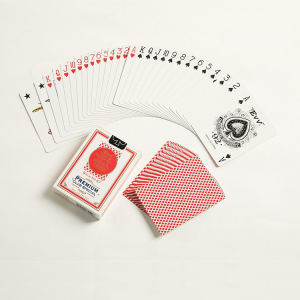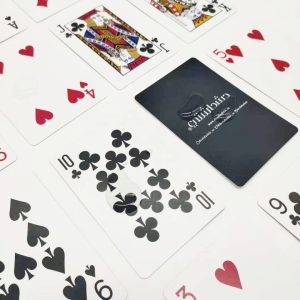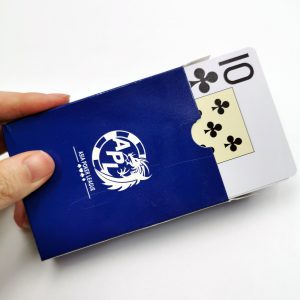Standard playing cards have a rich history that dates back centuries. The exact origins of playing cards are uncertain, but it is believed that they were first created in China during the Tang dynasty (618-907 AD) and later spread to other parts of Asia and Europe.
The modern standard deck of playing cards used today is believed to have originated in France during the 16th century. The French design featured the four suits that are still used today: hearts, diamonds, clubs, and spades. This design later spread to other parts of Europe and eventually to other parts of the world.
Over time, various regional designs emerged, featuring different suit symbols and unique designs on the face cards. For example, in Germany, the suits were represented by hearts, bells, leaves, and acorns, while in Spain, the suits were represented by cups, swords, coins, and clubs.
However, the French design with the four standard suits eventually became the most widely recognized and used throughout the world. The standard design allows for easy recognition and uniformity across different regions and games.
In addition to the standard 52-card deck, there are also variations that include jokers, which are often used in card games such as poker. Some decks also feature unique designs or additional cards, such as tarot cards, which are used for divination and fortune-telling.
Today, standard playing cards continue to be a popular form of entertainment and are used in countless games and activities around the world. They are also widely collected as a hobby and have become a cultural icon that represents fun, strategy, and social interaction.















